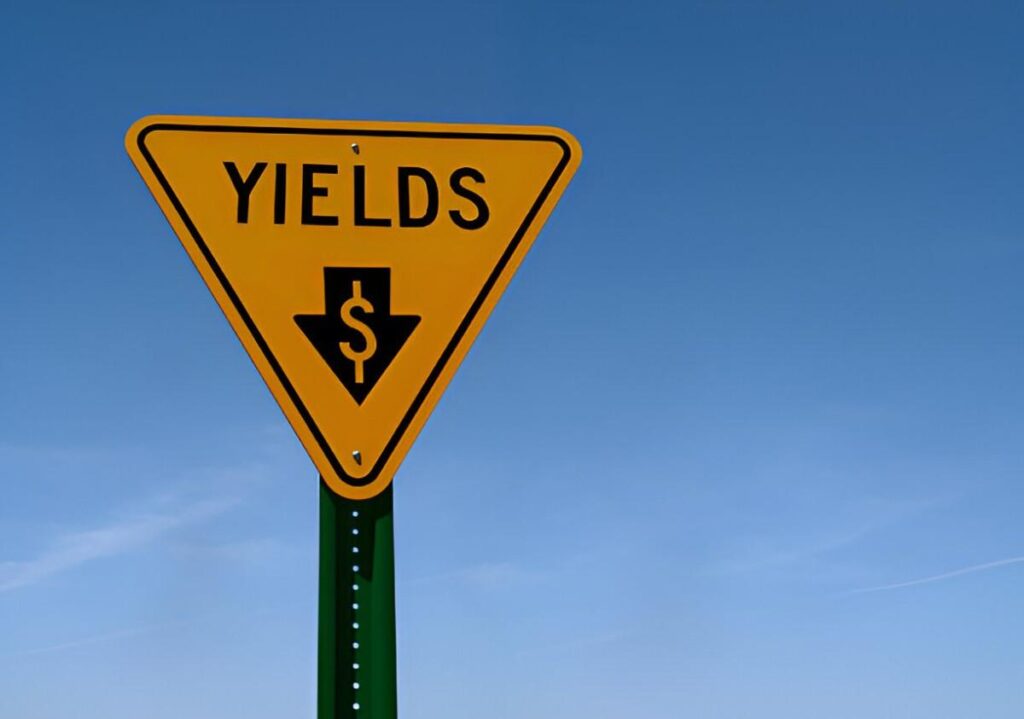When I first heard the term “pit” in financial markets, I pictured a chaotic, crowded space where traders shouted and gestured wildly. Over time, I learned that the pit represents more than just a physical location—it embodies the raw energy of open outcry trading, a system that shaped modern finance. In this article, I explore the history, mechanics, and modern relevance of trading pits, along with their mathematical and socioeconomic implications.
Table of Contents
What Is a Trading Pit?
A trading pit is a physical arena on the floor of an exchange where traders buy and sell securities through open outcry—a method involving verbal bids, offers, and hand signals. Pits were once the backbone of major exchanges like the Chicago Board of Trade (CBOT) and the New York Stock Exchange (NYSE). While electronic trading has largely replaced pits, understanding their role helps explain market evolution.
The Mechanics of Pit Trading
In a pit, traders stand in a circular or octagonal structure with tiered steps, allowing visibility. Market makers, floor brokers, and locals (independent traders) interact in real-time. The process follows strict rules:
- Bids and Offers – Traders shout buy (bid) and sell (offer) prices.
- Hand Signals – Specific gestures communicate price and quantity.
- Price Discovery – The best bid and offer form the market price.
For example, if Trader A shouts, “50 at 100!” they bid for 50 contracts at $100. Trader B might counter, “Sell 50 at 100.25!” If no one accepts, Trader A could raise their bid.
Mathematical Representation of Pit Trading
The pit’s price discovery can be modeled using auction theory. Let’s define:
- B_i = Bid price of trader i
- A_j = Ask price of trader j
- Q = Quantity
The market-clearing price P^* occurs where:
P^* = \min(A_j) \text{ such that } \exists B_i \geq A_jThis ensures the highest bid matches the lowest ask, maximizing trade execution.
Historical Significance of Pits
Pits date back to the 19th century when exchanges formalized trading. The CBOT, founded in 1848, pioneered agricultural futures pits. By the 1970s, financial derivatives like Treasury futures traded in pits. The NYSE’s “Big Board” also relied on specialists who acted as market makers.
Why Pits Declined
Electronic trading outperformed pits in:
- Speed – Algorithms execute trades in milliseconds.
- Cost – Fewer personnel reduced operational expenses.
- Transparency – Digital order books improved price visibility.
The Chicago Mercantile Exchange (CME) closed most pits by 2015, though some, like the S&P 500 options pit, lingered due to complex order types.
Pit Trading vs. Electronic Trading
| Feature | Pit Trading | Electronic Trading |
|---|---|---|
| Execution | Human-mediated | Algorithmic |
| Speed | Seconds | Microseconds |
| Transparency | Limited (voice-based) | High (visible order book) |
| Cost | High (labor-intensive) | Low (automated) |
Example: Impact on Liquidity
In pits, liquidity depended on trader presence. If few participants existed for a contract, spreads widened:
\text{Spread} = \min(A_j) - \max(B_i)Electronic markets aggregate global liquidity, tightening spreads. For instance, the E-mini S&P 500 futures now trade with a spread of just 0.25 index points versus 1.0 in pits.
Socioeconomic Factors Behind the Pit’s Demise
The shift from pits reflects broader trends:
- Technology Adoption – Wall Street embraced automation to cut costs.
- Regulation – Dodd-Frank mandated centralized clearing, favoring electronic systems.
- Globalization – Foreign traders accessed markets digitally, reducing pit relevance.
Labor Market Effects
Pits provided high-paying jobs for non-degree holders. A 1990s CBOT floor trader earned $150,000+ yearly. Today, those roles require coding skills, exacerbating income inequality.
The Pit’s Legacy in Modern Finance
While pits faded, their concepts endure:
- Market Making – Algorithms now replicate pit traders’ role.
- Price Discovery – Auctions still occur at market opens/closes.
- Psychology – Pit dynamics inform behavioral finance studies.
Case Study: The Flash Crash of 2010
When electronic markets lost liquidity, prices collapsed. Pit veterans argued human judgment could have stabilized prices, highlighting the trade-off between speed and stability.
Conclusion
The pit symbolizes a bygone era, yet its principles underpin today’s markets. By studying pits, I appreciate how finance balances human intuition and technological efficiency. While screens dominate, the pit’s legacy reminds us that markets remain fundamentally human.





